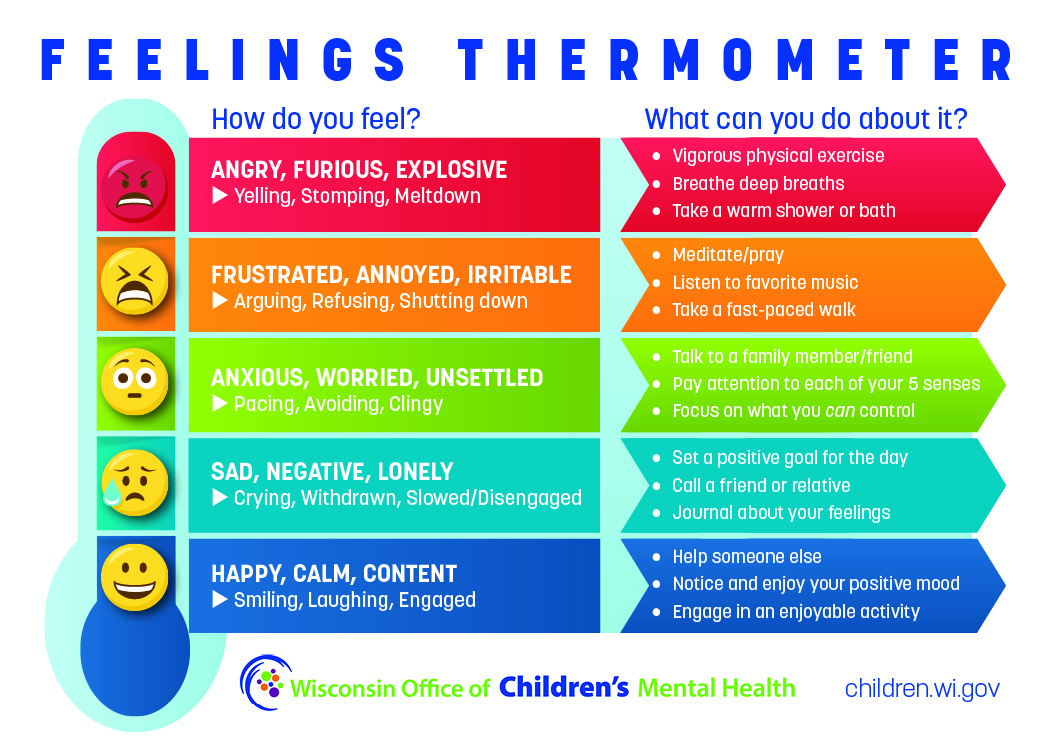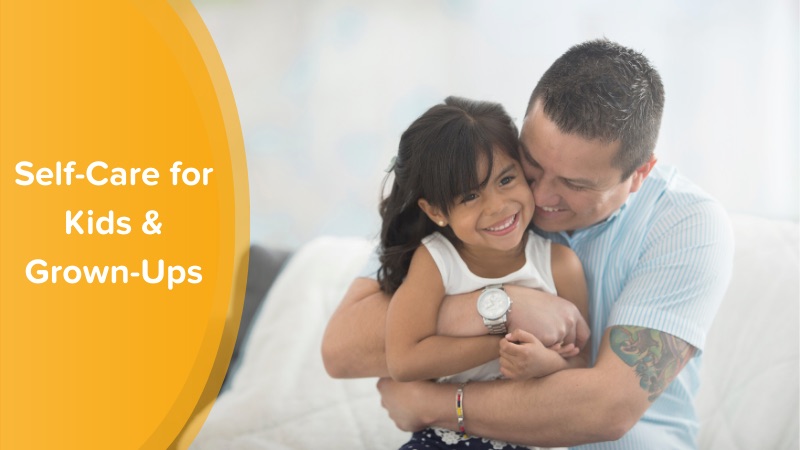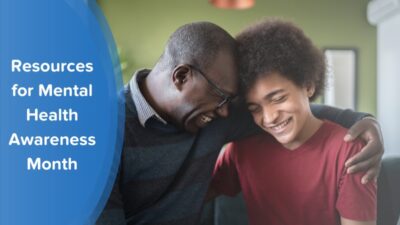By Francoise Lartigue, director of content
Lately I feel like an old GPS system. The kind that announces it is “recalculating” every time you miss a turn, as it tries to find a new route. Because each time my family gets a bit of traction, like with a new routine or plan, something seems to throw us off course. And then it’s time to recalculate.
One of the side effects of this constant shifting – well, let’s see if you can spot the pattern:
- Earlier in the week I asked my 9 year old to move his drawings from the kitchen counter so they wouldn’t get ruined. He responded with stomps, sighs, and actually said “why do I have to do everything?!”
- Another day our finnicky internet refused to play a much-anticipated show that we had gathered to watch. His twin brother had full throttle meltdown.
- Forgotten supplies at school made our normally very calm 13 year old panic almost to the point of tears.
Yep, all those little shifts are causing BIG feelings.
The secret language of big feelings
And I can report that not only are these enormous emotions and behavior responses still around, they speak a secret language. If my years of work in early childhood education and personal parenting experience have taught me anything, it’s that this type of behavior or response to seemingly small situations is a cover for the feelings that are really happening.
Sometimes kids can translate the secret language and tell you what’s going on. In the first case general frustration with a bad day of remote learning was the culprit. In the other two cases, it wasn’t just one thing but the culmination of everything presenting as anger in one and despair in the other.
As we all continue to “recalculate” and make do in the time after COVID, we all need to acknowledge the added stress it places on everyone. Whether the stress is economic, social, or physical. With the holidays, winter weather (for some) and diminishing daylight, the little course-corrections can feel even more challenging for most – including kids.
Self-care for kids matters!
At ParentPowered, we talk and write a lot about parent self care and social emotional learning. It’s absolutely key that every caregiver find time and strategies to de-stress and relax even if it’s just for 5 – 10 minutes a day. Our Chief Content & Curriculum Officer, Rebecca Honig has a number of small strategies that work for her (my favorite is saying the word “toast”). But mine is nearly always the same: I need a hot shower and/or a cup of coffee or tea. I can then take on the challenge (or at least survive it). Really, self-care can be anything that you do for you that leads you to a better sense of well-being.
And kids actually need self-care too! But how do we help kids learn to care for themselves?
The tricky part with kids and big feelings (or behaviors) is that it can be REALLY hard to tell what’s causing them. Often, it’s a combination of lots of things, with some of those things being out of our control. But the great news is that you don’t have to know why you’re feeling a certain way in order to calm down and feel better. Teaching your child how to take a moment to care for themselves and their emotions can make a big difference. For everyone.
Using a Feelings Thermometer
When this resource from our partner, the Wisconsin Department of Children and Families, came across my desk, I knew it needed to be shared with a wider audience. It’s a Feelings Thermometer! The Feelings Thermometer uses visuals to help kids gauge how they’re feeling in that moment. And there are 4 reasons why we think you’ll want to share it with your families.
- It’s easy to use for kids of all ages, with pictures or colors for the younger ones and words for older kids.
- It builds parental understanding by offering behaviors that might accompany these emotions, in addition to naming the emotions themselves.
- It gives a few actionable choices to deal with the feelings.
- Bonus, it works for adults too!

It can also be printed out. If you don’t have a printer just download the picture and keep it on your phone. If you’re feeling super creative, make one at home and let your kids name activities that work for them when they need to care for themselves to feel calmer. Here are some other great ideas to get you started:
Happy, Calm, Content
Honestly, just sit back and enjoy the peace. If all your kids are at this level, take 10 minutes for yourself and do something for YOU.
Sad, Negative, Lonely
We call it a “20-second hug reset”. A couple of years ago I read that a 20 second hug can shift and boost your mood. I shared the knowledge with my kids. Now, when they are feeling down I announce “20-second hug!” and scoop them in and we count down together. Sometimes I use a silly voice, other times a whisper.
Anxious, Worried, Unsettled
Breathing really helps here.
For younger kids pretending fingers are birthday candles, taking a deep breath and blowing them out can get the breath moving in a calming direction.
Another favorite is called “mountain breathing”. Hold your hand spread out in front of you. With a finger from the opposite hand, trace your thumb and each finger. Breath in as you trace up the finger and out as you trace down. Once completed, your child has taken 5 deep and calming breaths.
For slightly older kids and adults this visual of an expanding shape can help them learn how to take a few deep breaths to feel calmer.
Frustrated, Annoyed, Irritable
Movement is our go-to for this one. A 10-minute break outside just to get some air or run around can shift emotions. If you need to move indoors, putting on a favorite song and dancing can ease tension, too. For little kids, a wiggle break is a ParentPowered favorite. Add silly sounds and you can’t go wrong.
Angry, Furious, Explosive
When things get to this point it can feel really overwhelming as a parent. Our child’s intense emotions can also make us feel the angry, furious, or explosive feelings as well. Taking a few deep breaths and having a strategy ready will help. Finding a quiet space to just sit with your child can begin to set things right again. Often times adding a book to read or a stuffed animal to cuddle with helps too.
When the situation allows, I just add water! This is usually in the form of a bath, but for younger kids sink play works in a pinch. I say, “You are really angry, let’s go calm down in the bath”. If I get resistance, I let them know that they could say I was wrong if they still felt angry after the bath. And so far, they’ve never said I was wrong (well, about the bath!)
As we shift seasons and navigate the holidays we choose to celebrate, we at ParentPowered encourage you and your family to take moments to care for yourselves and your feelings.
About the author
Françoise Lartigue is the Director of Content at ParentPowered. She began her career teaching kindergarten in the South Bronx through Teach for America, and has ten years of experience working in both the public and private sector. Most recently, she worked with the Flying Cloud Institute to design and implement STEM and STEAM based units for elementary classrooms. Francoise has a Master’s Degree in Early Childhood Education from Bank Street College.







